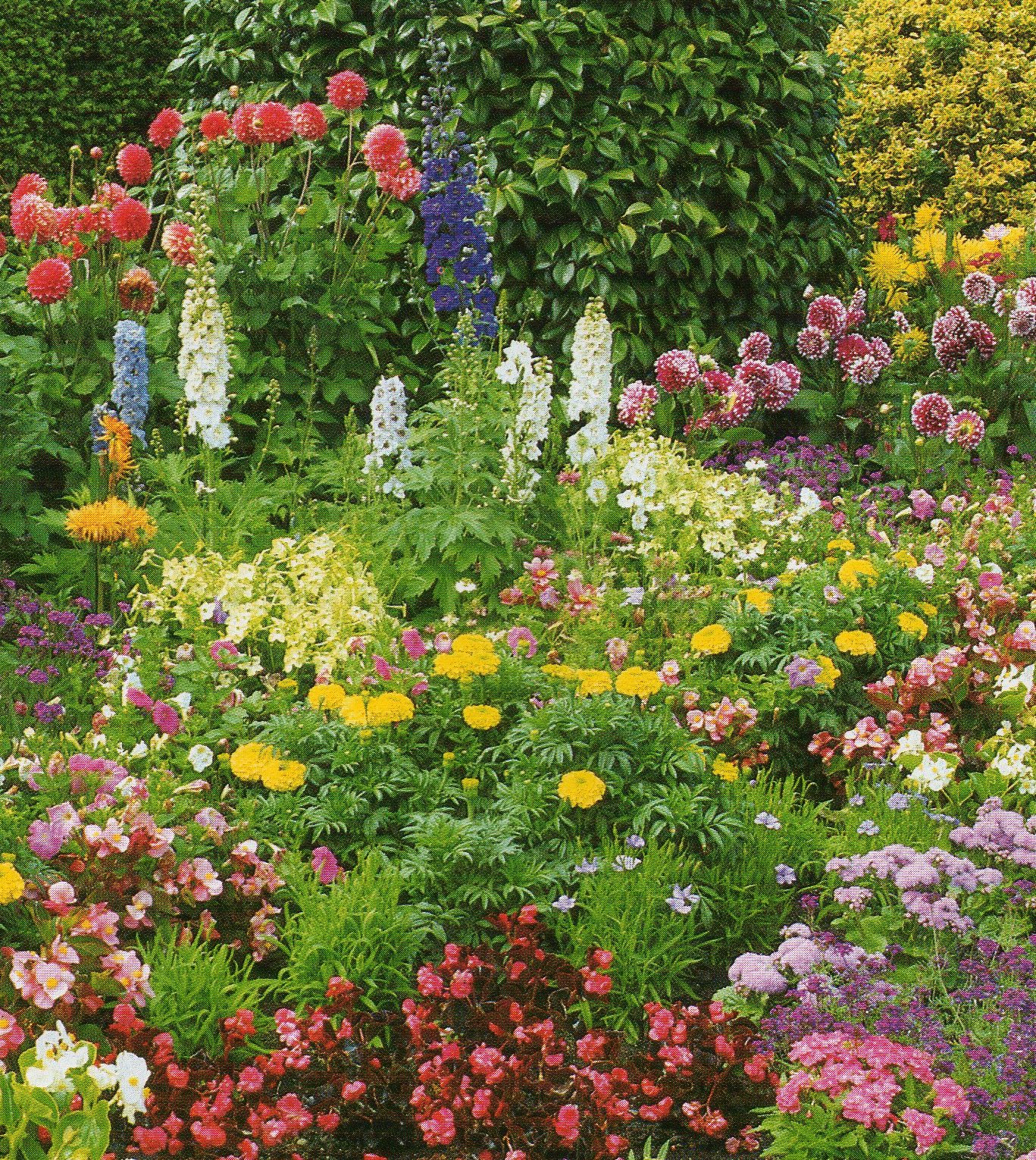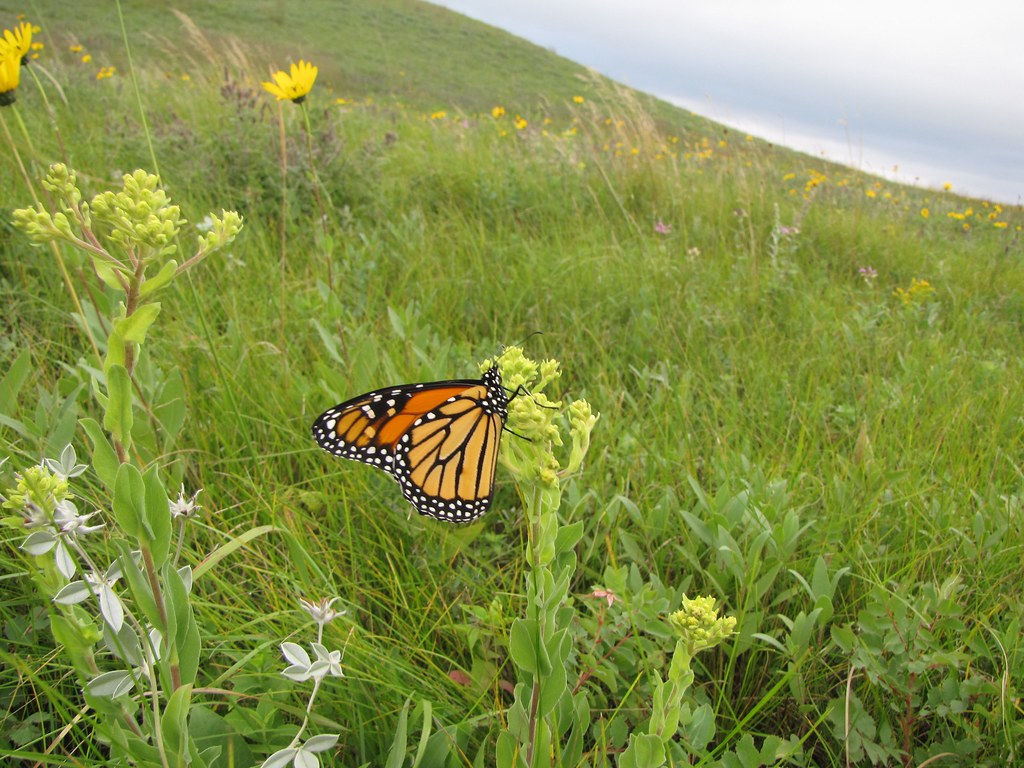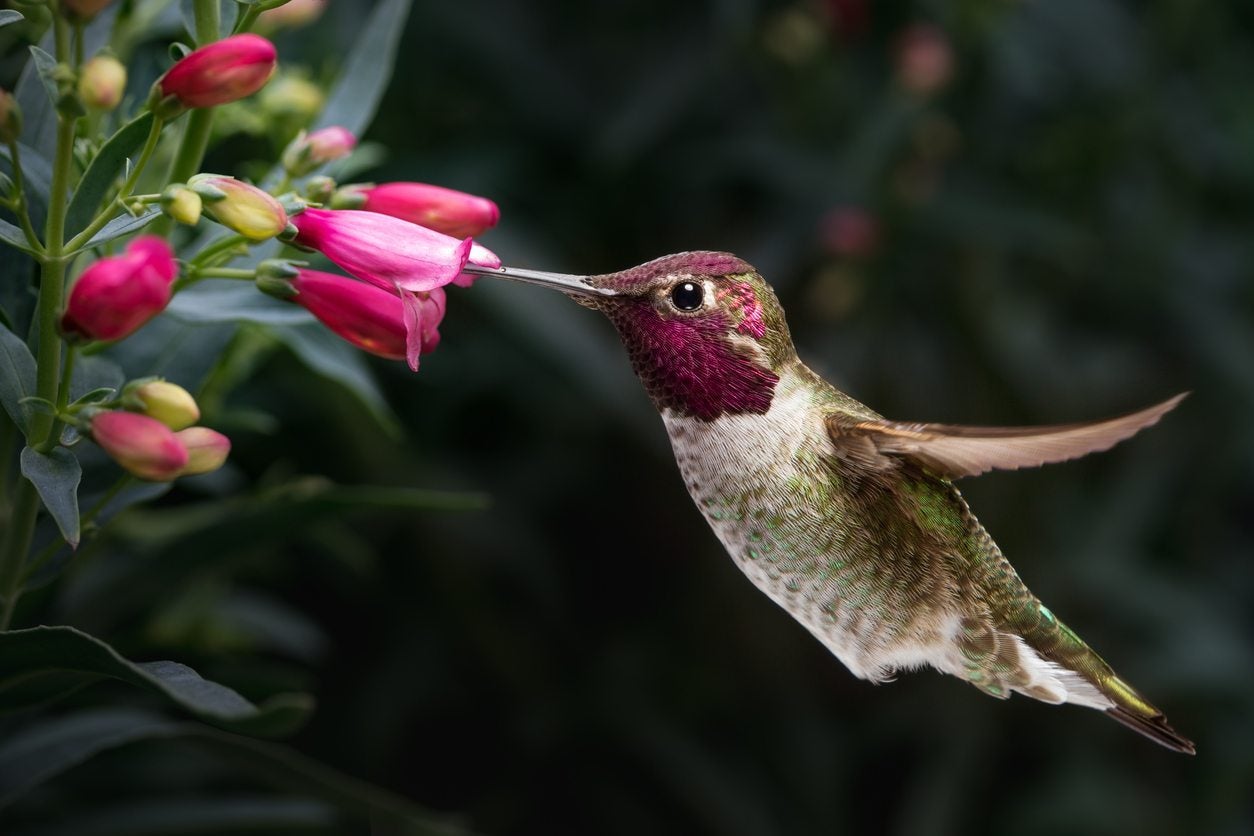How to Create a Butterfly Garden: A Step-by-Step Guide

Imagine transforming your backyard into a vibrant oasis teeming with the delicate flutter of butterflies. Creating a butterfly garden is not just about adding beauty to your space; it's about fostering a thriving ecosystem that supports these magnificent creatures. Whether you're a seasoned gardener or a novice, this guide will walk you through the essential steps to create a butterfly habitat that will enchant and inspire.
Understanding Butterfly Habitat
Before diving into the specifics, it's crucial to understand what butterflies need to thrive. A well-designed butterfly garden should provide:
- Nectar Plants: These are the flowers that adult butterflies feed on.
- Host Plants: These are the plants that caterpillars feed on.
- Shelter: Butterflies need protection from predators and harsh weather conditions.
- Water: A shallow dish or birdbath can provide the necessary hydration.
Choosing the Right Plants
Nectar Plants
Nectar plants are the lifeblood of a butterfly garden. They provide the essential nutrients that adult butterflies need to survive. Some popular nectar plants include:
- Butterfly Bush (Buddleia): Known for its long, cone-shaped clusters of flowers, this plant is a magnet for butterflies.
- Coneflowers (Echinacea): These hardy perennials come in a variety of colors and are a favorite among many butterfly species.
- Asters: These late-blooming flowers provide nectar when other sources are scarce.
Host Plants
Host plants are equally important as they provide food for caterpillars. Different butterfly species have specific host plants, so it's essential to include a variety. Some common host plants include:
- Milkweed (Asclepias): Essential for Monarch butterflies, milkweed is a crucial component of any butterfly garden.
- Parsley (Petroselinum crispum): This herb is a favorite of the Black Swallowtail butterfly.
- Dill (Anethum graveolens): Another herb that attracts various butterfly species.
Garden Design Tips
Designing a butterfly garden is like creating a welcoming home for your winged visitors. Here are some tips to help you get started:
Location
Choose a sunny spot for your garden, as most butterflies prefer warm, sunny areas. Aim for at least six hours of sunlight per day.
Layout
Create a diverse landscape with a mix of annuals, perennials, and shrubs. Group plants in clusters to make it easier for butterflies to find them.
Shelter
Provide shelter by including tall grasses, shrubs, and trees. These not only offer protection but also serve as roosting sites.
Water Source
A shallow dish filled with water and a few pebbles can serve as a butterfly bath. Butterflies will land on the pebbles to drink without the risk of drowning.
Attracting Specific Butterfly Species
Different butterfly species have unique preferences. Here are a few tips to attract some of the most common species:
Monarch Butterflies
Monarchs are perhaps the most well-known butterfly species. To attract them, plant milkweed, which is their primary host plant. Monarchs also love nectar from flowers like zinnias, cosmos, and asters.
Swallowtail Butterflies
Swallowtails are large, colorful butterflies that are a delight to watch. They are attracted to host plants like parsley, dill, and fennel. Nectar plants such as butterfly bush, phlox, and zinnias will also draw them in.
Painted Lady Butterflies
Painted Ladies are widespread and can be found in various habitats. They are attracted to host plants like thistles and mallows. Nectar plants like asters, cosmos, and zinnias will also entice them.
Maintaining Your Butterfly Garden
Once your garden is established, maintaining it is key to keeping your butterfly visitors happy. Here are some tips:
Avoid Pesticides
Pesticides can be harmful to butterflies and their caterpillars. Opt for organic methods to control pests.
Deadhead Flowers
Regularly remove spent flowers to encourage new blooms and provide a continuous supply of nectar.
Provide Overwintering Sites
Leave some dead leaves and plant debris in your garden to provide shelter for overwintering butterflies and caterpillars.
Conclusion
Creating a butterfly garden is a rewarding experience that not only beautifies your space but also supports local ecosystems. By choosing the right plants, designing a welcoming habitat, and maintaining your garden, you can attract a variety of butterfly species and enjoy their enchanting presence. So, why wait? Start transforming your backyard into a butterfly haven today!
FAQs
What is the best time to plant a butterfly garden?
- The best time to plant a butterfly garden is in the spring or fall, depending on your climate. This allows the plants to establish themselves before the peak butterfly season.
How can I attract more butterflies to my garden?
- Attracting more butterflies involves providing a variety of nectar and host plants, ensuring there is a water source, and creating sheltered areas for them to rest and overwinter.
What are some common mistakes to avoid when creating a butterfly garden?
- Common mistakes include using pesticides, not providing enough diversity in plant species, and neglecting to include host plants for caterpillars.
How often should I water my butterfly garden?
- Watering frequency depends on your climate and the specific plants in your garden. Generally, water deeply once or twice a week to encourage deep root growth.
Can I create a butterfly garden in a small space?
- Yes, you can create a butterfly garden in a small space by choosing compact plants and using containers. Even a balcony or patio can be transformed into a butterfly-friendly oasis.


0 Response to "How to Create a Butterfly Garden: A Step-by-Step Guide"
Post a Comment